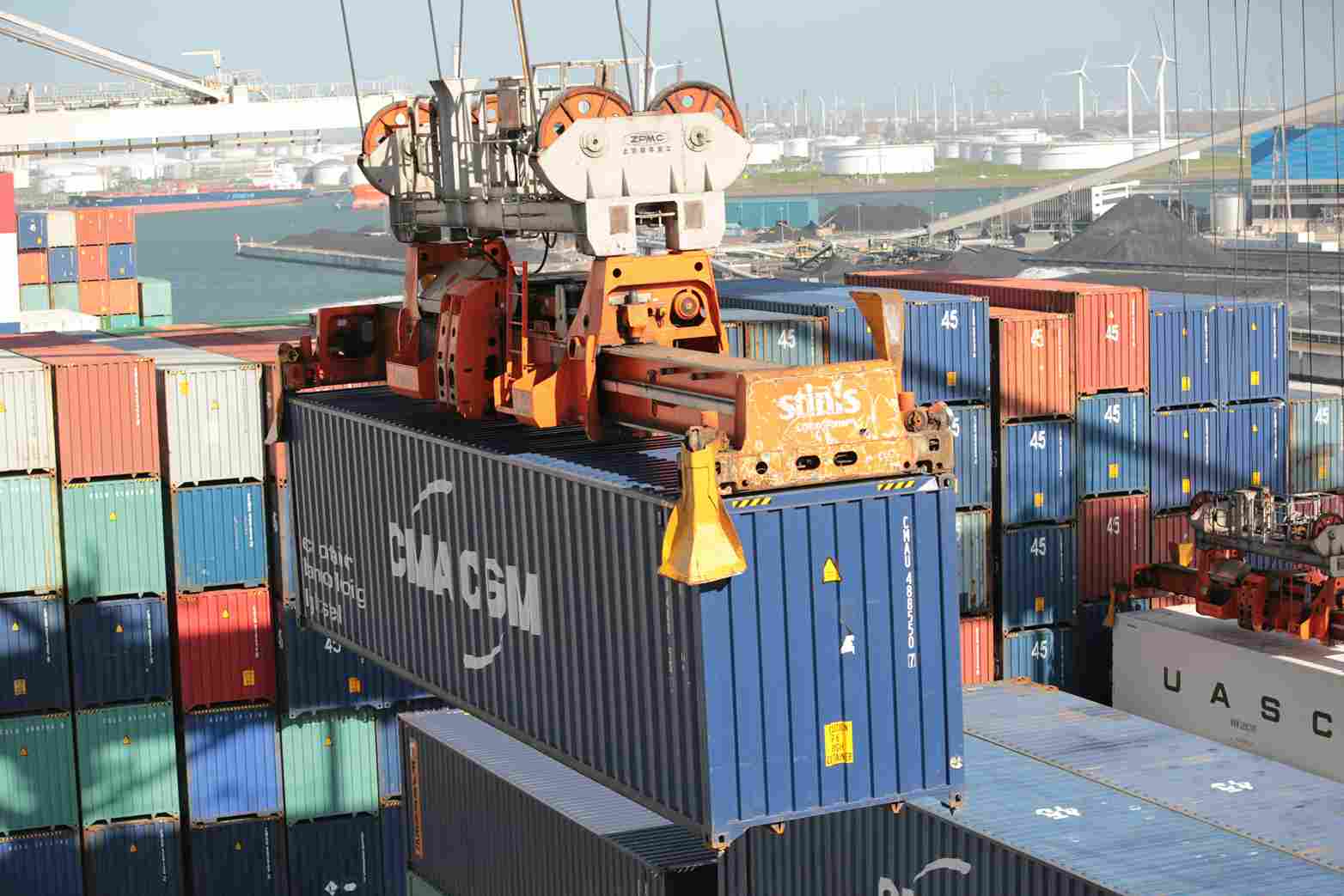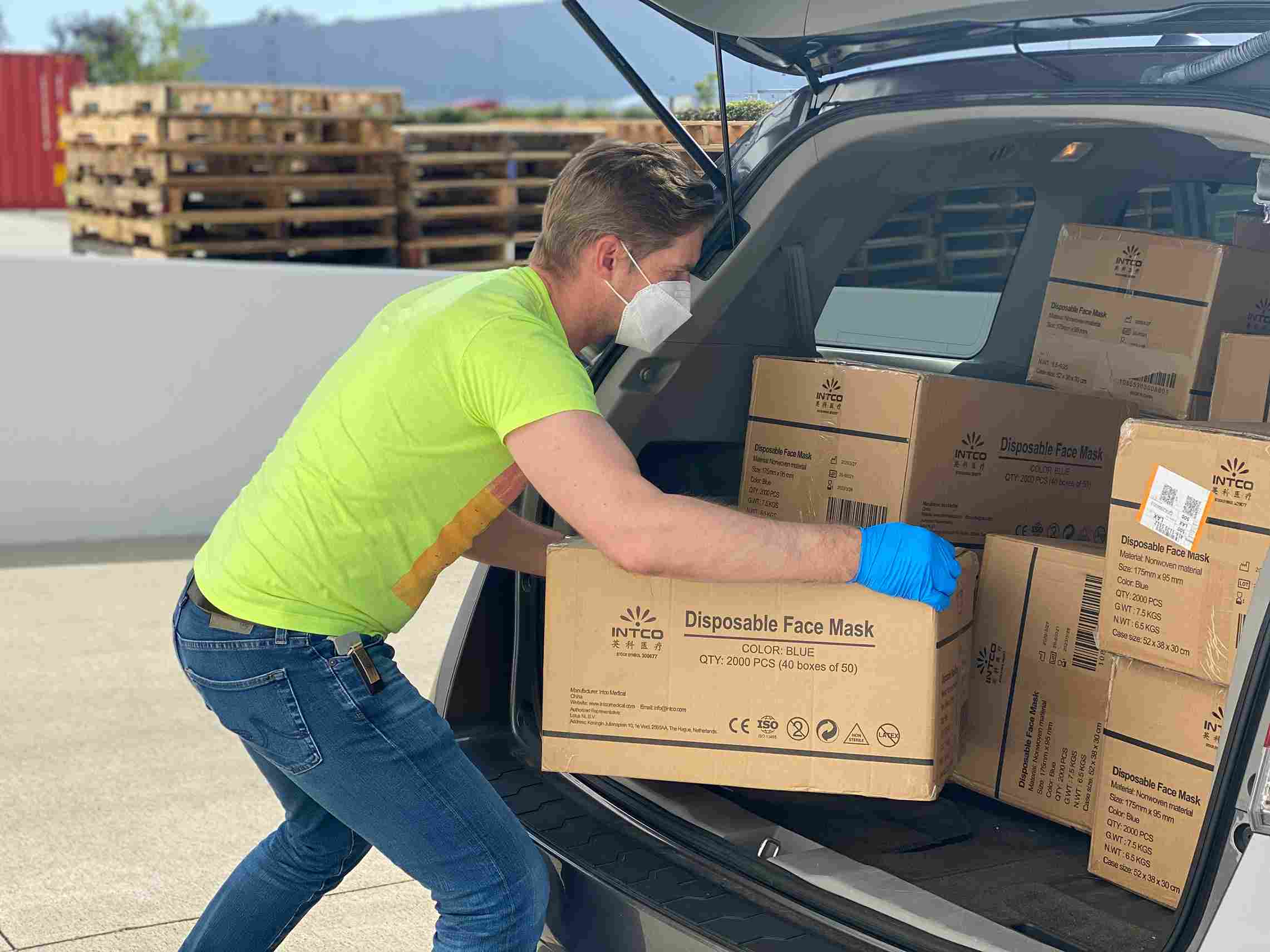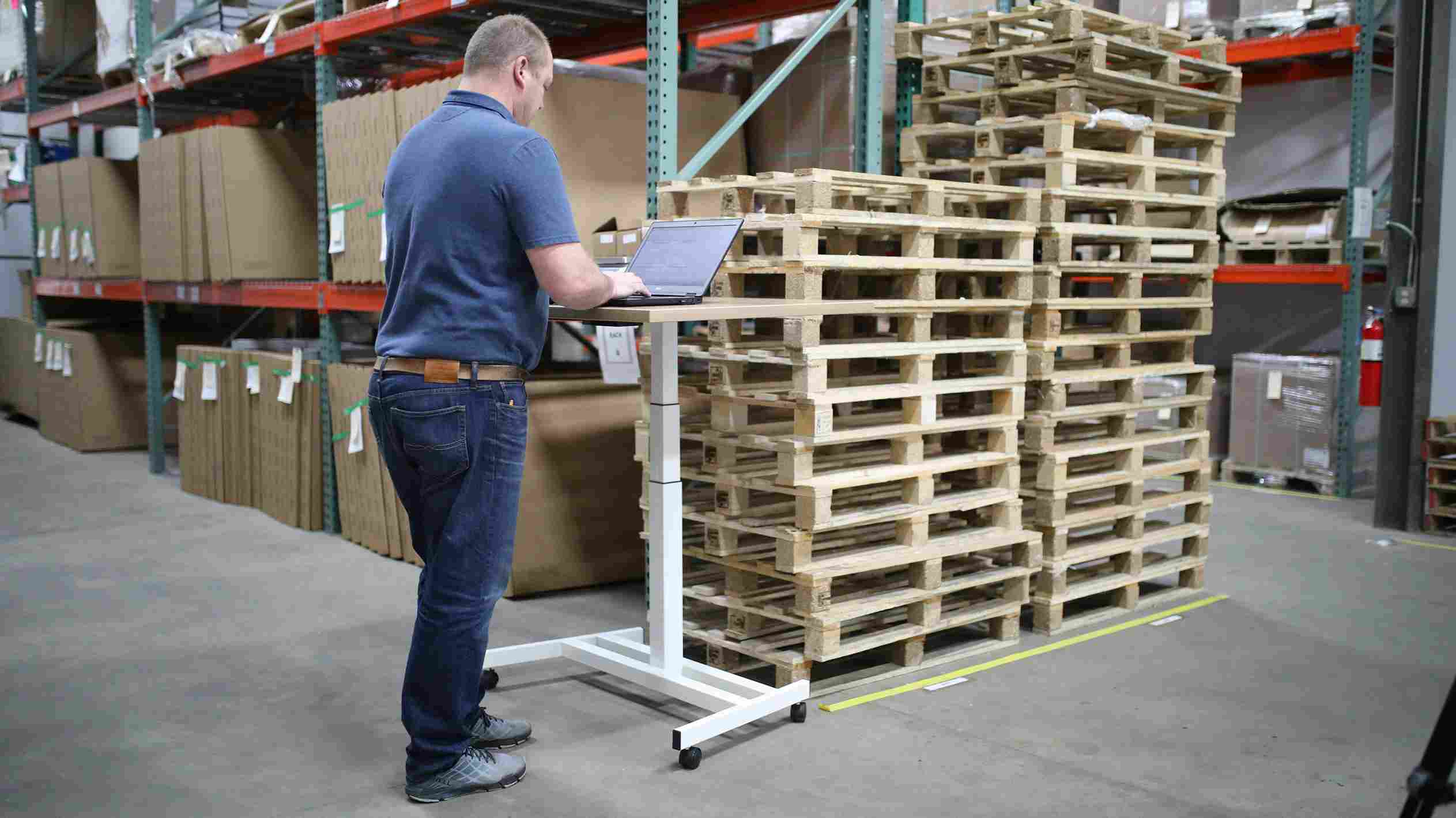
Article content:
The term stands for Free Carrier or the unofficial "Free carrier." It is one of the international trade terms in Incoterms 2020. It defines the seller's and buyer's obligations when transporting goods. DiFFreight experts have already written about FOB, and today, we’ll look at the FCA model, its terms, advantages, and disadvantages.
The main condition of FCA is that the seller is obligated to deliver the goods to the carrier at an agreed location (warehouse, terminal, port, etc.). From this moment, all risks and expenses are transferred to the buyer.
For example, you are ordering clothes from Turkey to Ukraine. The factory prepares the export documents and delivers the goods to the transport company's warehouse in Istanbul. From this moment, all responsibility is yours: payment for transportation, insurance, and import processing.
This format is somewhat similar to FOB, but the latter is used exclusively for sea freight. FCA, however, applies to air, rail, road, and sea transport.
What’s the Difference from FOB?
Thus, under FCA, the seller is only responsible for delivery to the specified place, while under FOB, they are also responsible for loading onto the vessel.
Responsibility is transferred to the buyer at the moment of delivery.
In which cases should you choose this model?

When FCA is Not Beneficial:
Simply put, FCA delivery is a simplified version of door-to-door delivery, where the importer, by agreement, assumes responsibility for the goods from the moment they are received at the agreed location. Such deliveries are commonly used for commercial transport because they offer flexibility for customers.
In 2020, Incoterms introduced some clarifications and changes about who is responsible for what risks during international trade and delivery. For example, the 2020 version clarifies that the seller can transfer the goods not only to the carrier they have a contract with but also to an independent third party.
It was clarified that the exporter may be responsible for loading if the place of transfer (for example, a terminal or warehouse) is located within their territory. Additionally, it was made clear that the seller provides only export documents, while the buyer handles customs clearance at the destination point.
What to be prepared for when working under the “Free Carrier” terms:
The buyer must clearly specify where the goods will be received. Also, the location affects who will handle the loading.
The preparation of documents for customs clearance is the buyer’s responsibility. It is optimal to use customs brokerage services to prevent the cargo from being delayed at customs.
For example, if the carrier refuses to load the goods without extra charges, the expenses fall on the buyer. Or, if the goods are delayed at the warehouse, the client needs to pay storage fees.
If the goods are damaged after delivery, the buyer assumes responsibility. This complicates insurance claims since the goods must be inspected for factory defects before shipment. It is also essential to choose a reliable logistics company that will organize the loading (if necessary), transport, and take care of the delivery to the final point.

If you’re unsure which Incoterms terms to choose, contact DiFFreight experts. During a consultation, you will learn the optimal format for your goods and business opportunities. We are ready to be your logistics partner – we handle shipments to the USA, China, and Europe.
We definitely recommend checking the contract, which should outline the responsibilities of all parties. If you're new to international trade, DiFFreight’s professional logistics services are for you! We offer reasonable tariffs, fixed pricing, and transparent cooperation conditions. Trust your deliveries to professionals!

